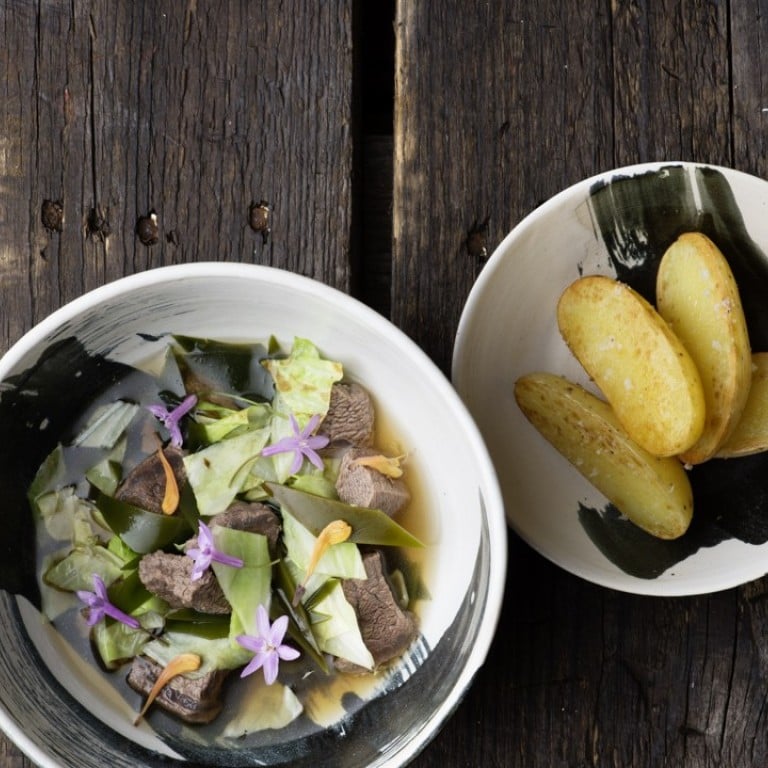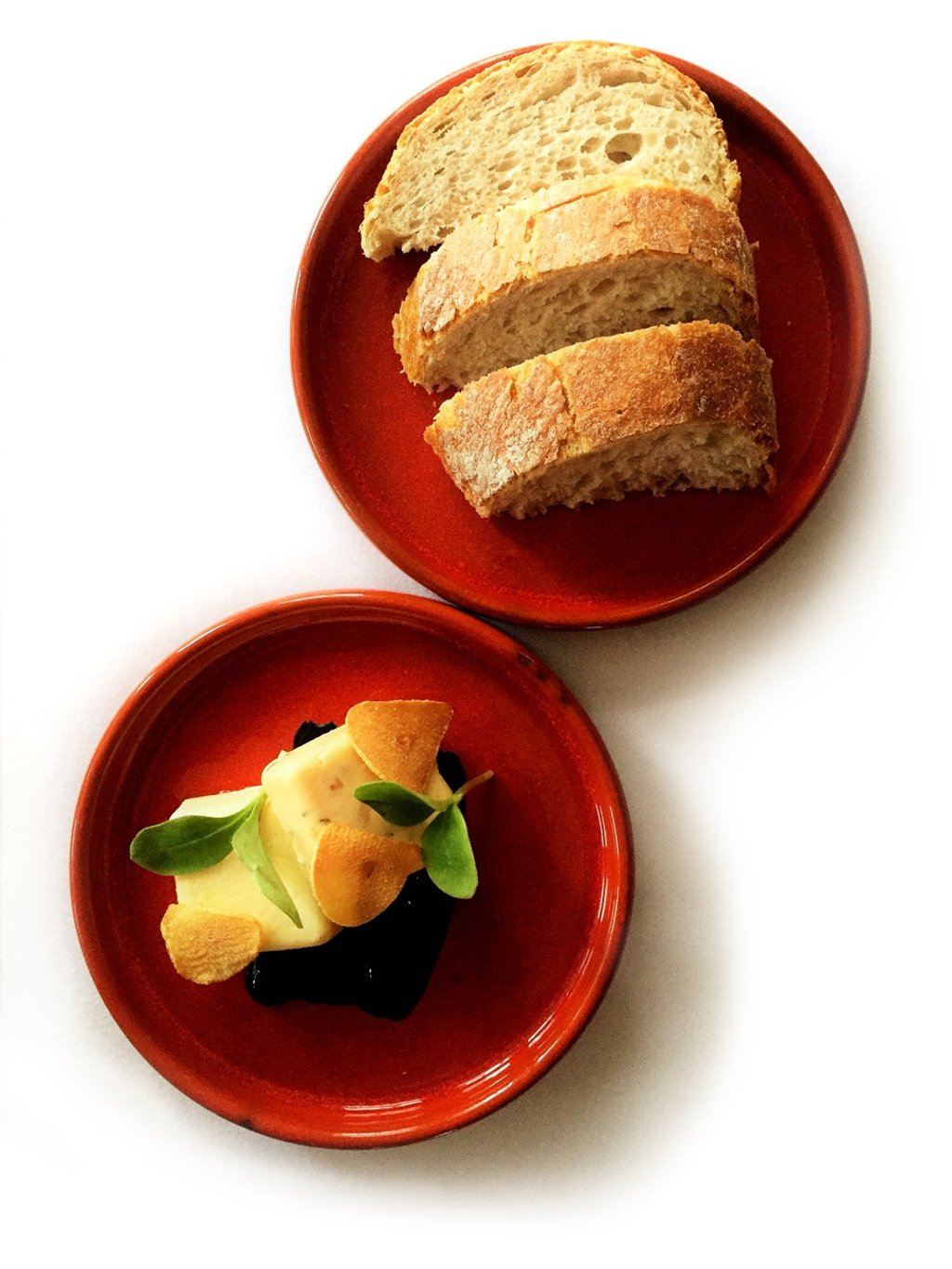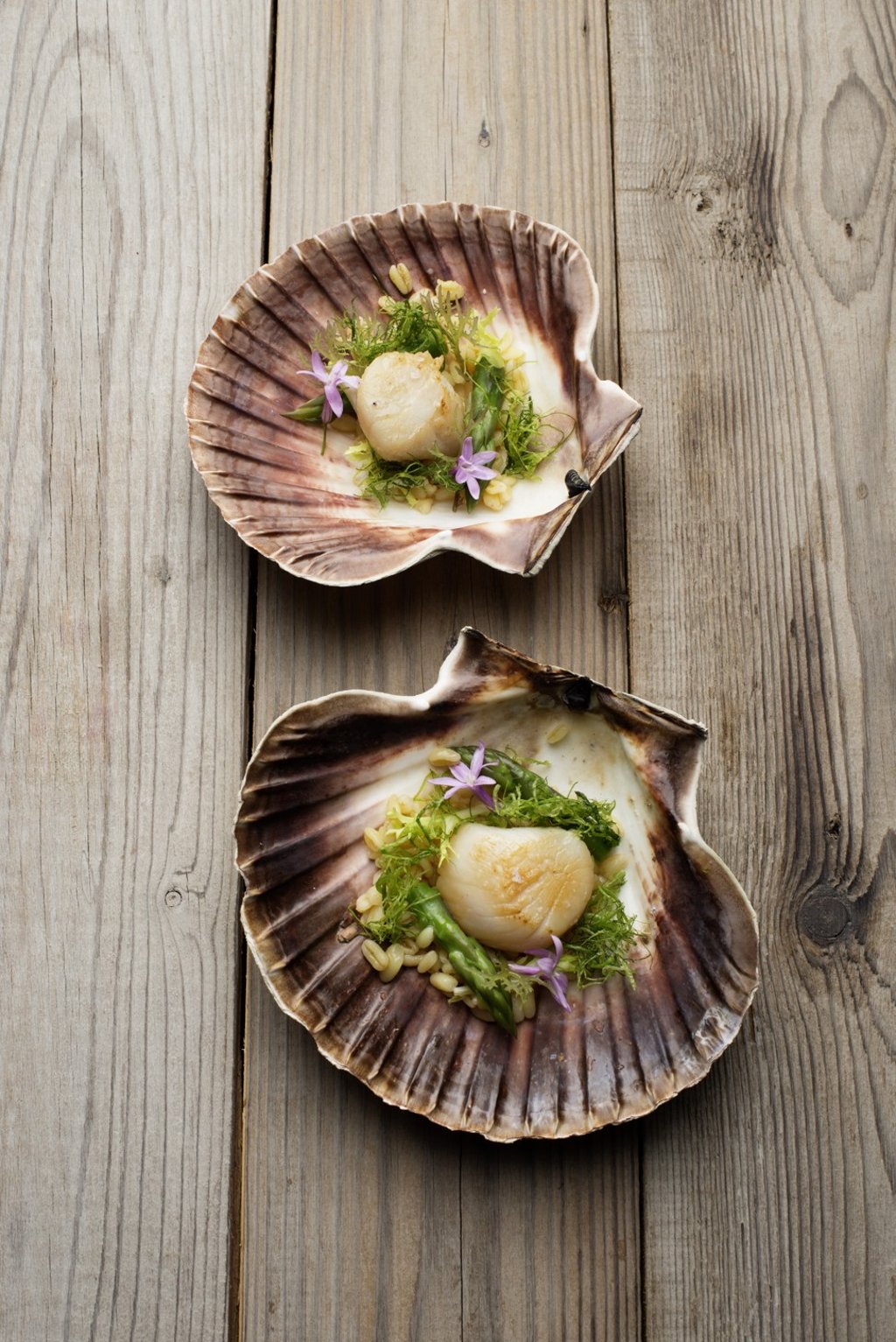Waiter, there’s weed in my plate! German chefs are favouring seaweed to introduce umami into their dishes

New dishes inspired by ocean algae are making their way into German restaurants
The first time German chef Daniel Maestling cooked with seaweed was when he went on a trip to Europe’s seaweed growing region in Spain’s Galicia in the Iberian Peninsula, a couple of years ago. There, at the family owned PORTO-MUIÑOS farm, one of the few in the Galicia region that produces seaweed for the European market, he saw first-hand the cultivation and processing of seaweed. “I had the opportunity to cook with seaweed in their test kitchen and we produced dishes like kelp-flavoured mayo and kombu with seared fish,” he recalls.
So intrigued was he by the umami flavour of seaweed and the depth it added to conventional dishes, Maestling decided to introduce it at his restaurant in southwestern Germany. Surrounded by pine forests that get snowed in during winter, restaurant Züfle in the village of Sulz, on the banks of river Neckar, where he is the head chef, doesn’t strike one as a place with room for experimentation. It serves Swabian cuisine, typical to the region, using locally sourced ingredients and its menu is populated with dishes like Hirschedelragout – Venison Ragout and Zwiebelrostbraten – roast beef with onions, the usual fare.
Maestling found a way. He redeveloped traditional recipes so that he can add a dash of seaweed flavour. His complimentary bread basket comes with herb butter, infused with caramelised sugar, but the butter cubes are laid out on a canvas of dark green microalgae. He serves roasted brown trout on a bed of kombu-infused lentils, accompanied by a coffee brown reduction sauce made from vinegar, wine and kombu.

Seaweed has grown in popularity in Europe and Germany in particular. In the past year, at least five cookbooks have been published in Germany with an aim to give Germans with an adventurous palette advice on how to cook with these sea vegetables that are far removed from their traditional cuisine. Two of them, Algen und Küstengemüse (Algae and sea vegetables) by Otto Koch and Michael Schubaur and Algen: Das gesunde Gemüse aus dem Meer (Algae, the healthy vegetables from the sea) by Kirstin Knufmann and Jörg Ullmann, have won the country’s top awards.

Notable German chefs embracing seaweed flavours include the two-star chef Tim Raue who has always used them in his self-titled Berlin restaurant that serves Asian-inspired cuisine. Thanks to its proximity to the North Sea, the only seaweed producing region in Germany, Johannes King from the Michelin two-star Söl’ring Hof in Sylt near Hamburg, uses it in his menu.
I already saw this trend some years ago when the influence of the Asian / Japanese cuisine became more important for our creative approach on new dishes
